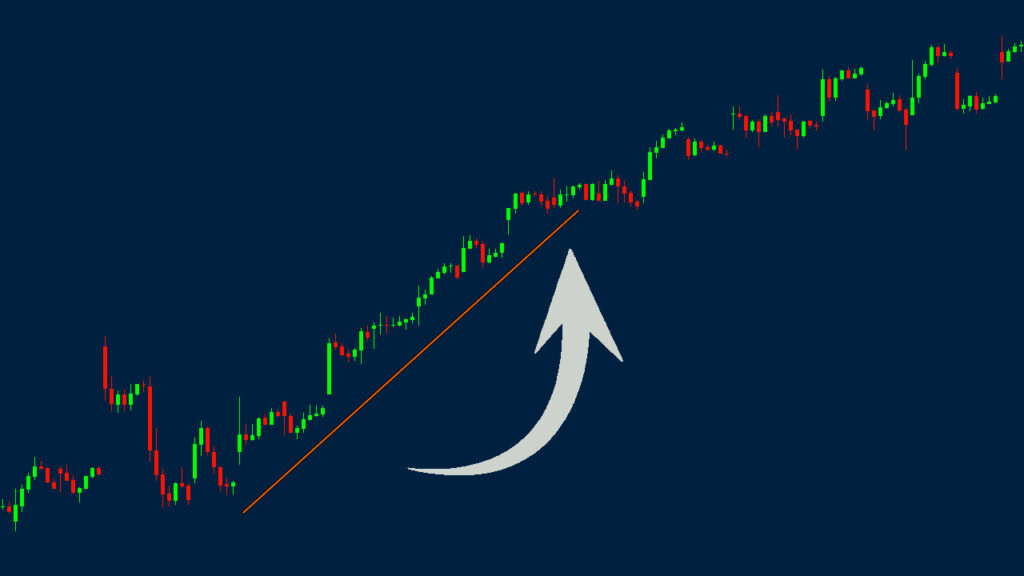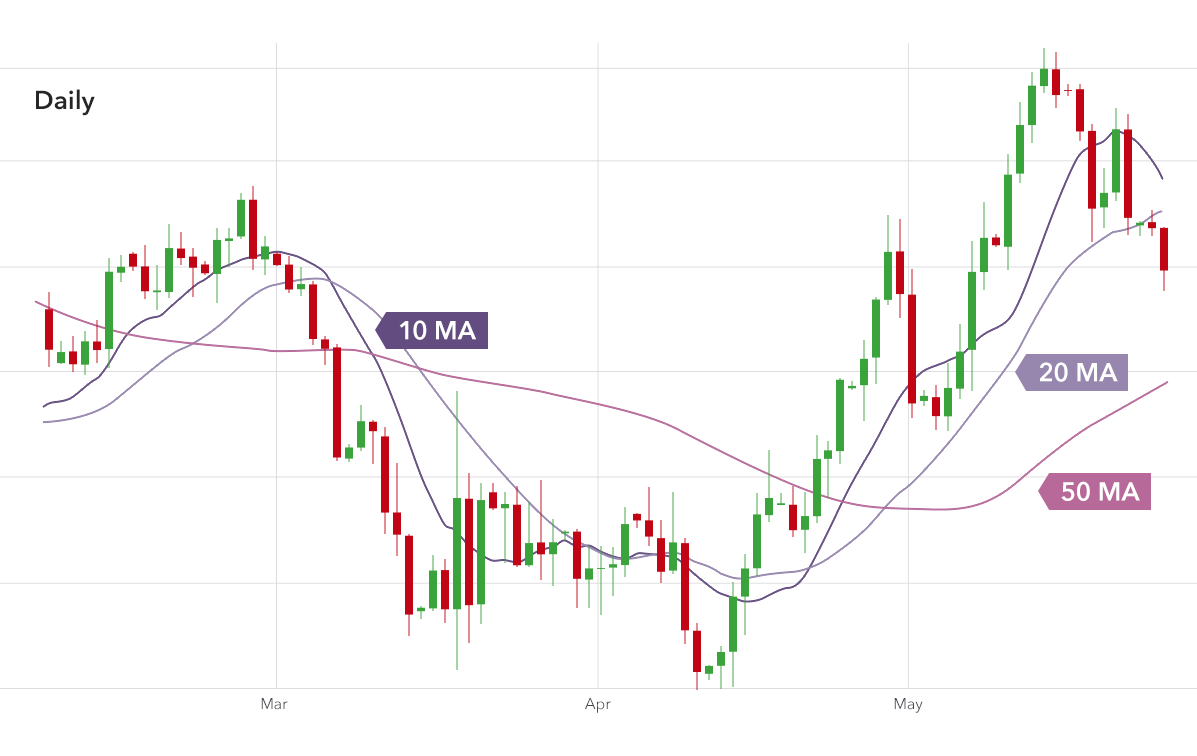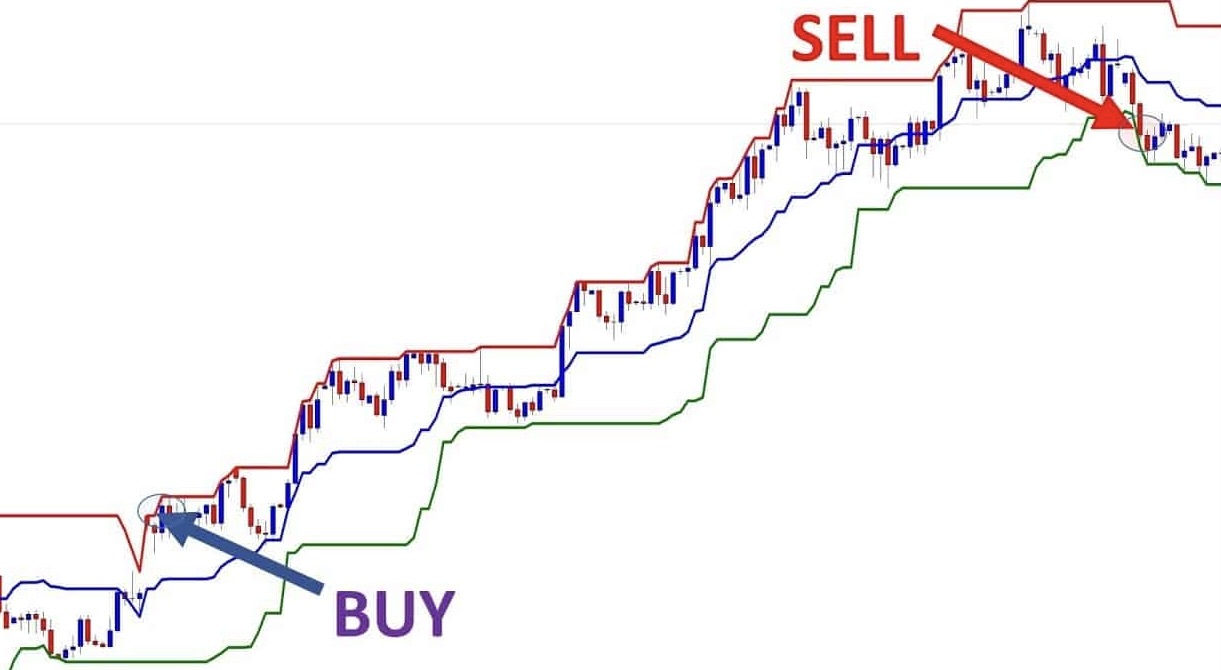Why Trend Following Strategies Matter
Trend following remains one of the most reliable trading approaches across forex, stocks, and commodities.
Instead of predicting tops or bottoms, traders follow the direction of price momentum letting the market show the way.

In 2025’s fast-moving financial markets, trend following strategies help traders cut through noise, capture large directional moves, and manage risk more effectively.
1.Moving Average Crossover Strategy
A classic and beginner-friendly trend following method, the moving average crossover strategy uses two averages: one short-term and one long-term (for example, the 50-day and 200-day. moving averages).

This crossover smooths market volatility and gives clear entry and exit points, making it ideal for spotting trend reversals early.
2.Breakout Trading Strategy
The breakout trading strategy focuses on price action breaking above resistance or below support.
When price closes beyond a well-defined range, it often signals the start of a strong trend.
Pro tip: wait for confirmation through volume or candle strength to avoid false breakouts. Breakout trading is best suited to liquid markets like gold, indices, or major forex pairs.
3.Price Action Trend Riding
Price action traders rely purely on the market’s movement, no indicators needed. They identify trends by watching higher highs and higher lows (uptrend) or lower highs and lower lows (downtrend).
Chart patterns such as flags, pennants, and ascending channels help confirm continuation. This strategy requires patience and skill but offers unmatched clarity of market structure.
4.Donchian Channel Strategy
Created by Richard Donchian, this indicator measures the highest high and lowest low over a chosen period.

The Donchian Channel strategy is a true rule-based system, ideal for futures, commodities, and trend-following portfolios.
5.RSI Trend Confirmation
The Relative Strength Index (RSI) isn’t just for spotting reversals, it can also confirm trend strength.
In an uptrend, RSI staying above 50 signals strong bullish momentum.
In a downtrend, readings below 50 indicate continued bearish pressure.
Combining RSI with moving averages or the ADX helps filter false signals and confirm real trends.
6.ATR Trailing Stop Strategy
Volatility management is key in trend following, and the Average True Range (ATR) is the perfect tool. ATR-based trailing stops adjust dynamically as volatility changes, protecting profits without cutting winning trades too early.
Professional traders use ATR stops to stay longer in strong trends while reducing emotional decision-making.
7.Multi-Indicator Trend Combo
Advanced traders combine indicators like MACD, ADX, and Bollinger Bands to confirm market direction. When all align (for example, rising MACD, strong ADX, and a Bollinger breakout), the probability of a lasting trend is much higher.
This combo approach filters noise and increases accuracy, ideal for traders seeking consistent performance.
Why Trend Following Works
Markets move in trends because of economic cycles, interest rates, earnings, and investor sentiment. Trend following strategies work because they align with market momentum rather than fight it.

Key advantages:
Trend followers accept small losses during sideways markets in exchange for the potential of big gains when trends emerge.
Best Indicators for Trend Following
While there are dozens of indicators available, the most effective trend-following tools share one thing, that is they highlight direction and strength.
Moving Averages (MA): Smooth out price data to show the underlying trend.
Average Directional Index (ADX): Measures the strength of a trend (values above 25 suggest a strong trend).
MACD (Moving Average Convergence Divergence): Confirms momentum and trend direction.
Bollinger Bands: Help identify volatility shifts and possible breakout points.
Ichimoku Cloud: Offers a complete trend snapshot with support, resistance, and momentum in one glance.
Using two or more indicators together often provides stronger confirmation and reduces false signals.
Common Mistakes to Avoid
Even proven strategies fail without discipline. Watch out for:
Entering before a trend confirms
Ignoring stop losses or position sizing
Overusing indicators without context
Trading in sideways markets with low volatility
Consistency and patience are what make trend following successful over time.
People Also Ask (FAQ)
1.What is a trend following strategy?
A trend following strategy is a trading approach that aims to profit by following the direction of market momentum rather than predicting reversals.
2.Which is the best trend following strategy in 2025?
The Moving Average Crossover and Breakout Trading strategies are among the best in 2025 for identifying strong market trends and providing clear entry and exit signals.
3. Is trend following good for beginners?
Yes. Strategies like the moving average crossover are simple, structured, and suitable for new traders learning to identify market direction.
4. Can trend following strategies be used in forex trading?
Absolutely. Trend following works exceptionally well in forex due to consistent momentum patterns and high liquidity in major currency pairs.
5. How do you manage risk in trend following?
Use stop losses, position sizing, and tools like ATR-based trailing stops to protect capital.
Final Thoughts
In 2025, trend following remains one of the most effective trading methods across forex, stocks, and commodities. Whether you use moving averages, price action, or multi-indicator setups, the goal is the same, follow market direction, manage risk, and let profits run.
Trend following strategies aren’t about guessing; they’re about discipline, patience, and precision. Mastering these seven techniques can help traders navigate modern markets confidently and profitably.
Disclaimer: This material is for general information purposes only and is not intended as (and should not be considered to be) financial, investment or other advice on which reliance should be placed. No opinion given in the material constitutes a recommendation by EBC or the author that any particular investment, security, transaction or investment strategy is suitable for any specific person.

























